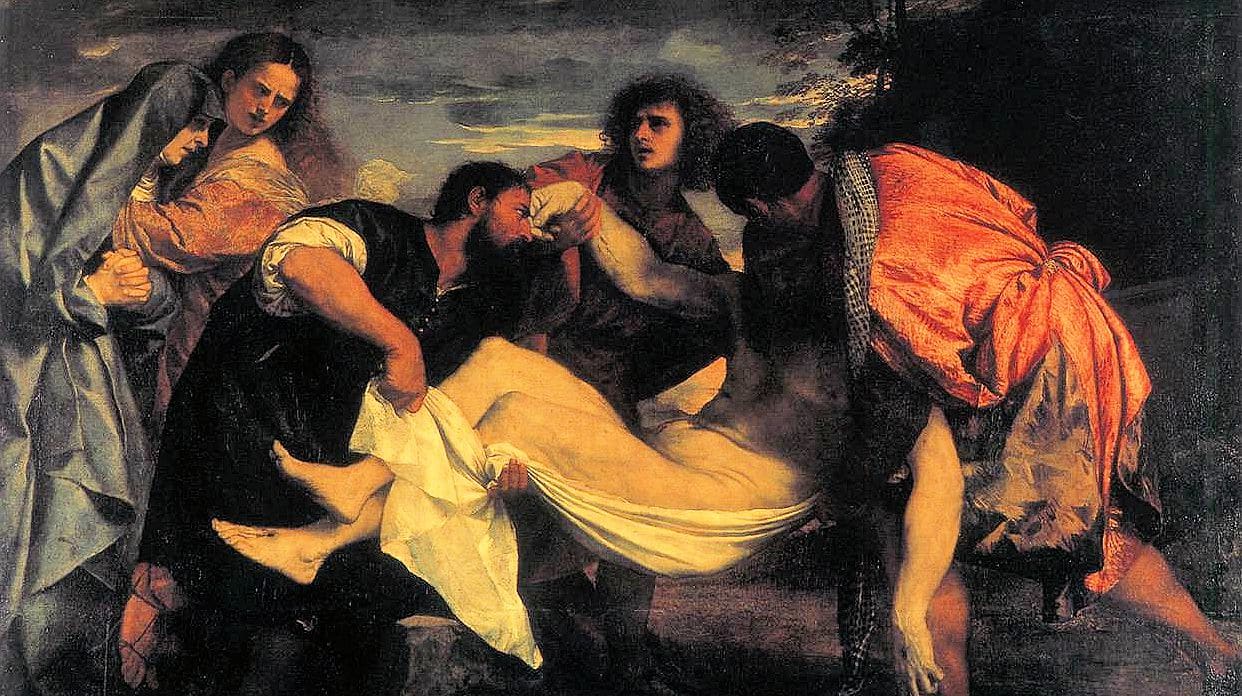Francesco Rossini from Brescia, for thirty years he was a scientific informant, is a true art lover with keen eyes in evaluating and recognizing canvases of real value on the flea markets and in the junk of junk shops.
Queste opere sono raccolte in una mostra curata dal professor Lionello Puppi, senz’altro uno tra i più profondi conoscitori del lavoro realizzato dall’artista nel corso della sua attività, e da Serena Baccaglini; la mostra gode del patrocinio del Ministero del Governo italiano per i Beni e le Attività Culturali, dell’Ambasciata d’Italia a Praga e di altri enti.
THE NEWS itself would not be fresh and will certainly not have escaped the most authentic fans of Renaissance art.
What leads us to talk about it, however, is another piece of news, unknown to the people of Brescia. Among the many paintings that crown the Vanitas by Titian, in the portrait sections, with a religious theme, exhibited to better illustrate the pictorial work of the great Cadore native, there is a q
It is a "Deposition of Christ in the sepulcher" and is placed among the first on the right as you enter the exhibition hall, in the religious section.
The collector protagonist of this presence in Prague is Francesco Rossini of Brescia, a native of Torbole Casaglia, where his relatives still reside.
Rossini is a true art lover, for a long time. Self-taught, yes, but at the same time endowed with long eyes in evaluating and recognizing canvases of real value on the markets and in the bric-a-brac of junk shops.
ROSSINI è molto conosciuto nel mondo dei medici e dei farmacisti perché, per trent’anni, ha fatto l’informatore scientifico nelle province di Brescia, Mantova e Cremona. Si dichiara «un appassionato d’arte» e, da quando è in pensione, dedica molto tempo alla ricerca di dipinti antichi.
Definitely interesting, the response, according to which it was a copy of the Deposition of the Louvre (perhaps datable to 1559). Dissatisfied, Rossini turned to Lionello Puppi and the professor confirmed that the canvas was from the sixteenth century and of excellent workmanship. If not exactly by Titian, at least, certainly, by his workshop.
After a cleaning, and a restoration, in that of Aramengo in the Asti area, the work was revealed in all its splendour. With the utmost satisfaction of Rossini.
THEN Lionello Puppi, when he was asked to set up the exhibition of Prague, did not forget the collector from Brescia and asked him to exhibit his painting in the section of religious works.
Francesco Rossini is not new to this kind of discoveries. In his career as an art diviner, capable of identifying what is precious by distinguishing it from what is not, he drew from the darkness of degradation and forgetfulness works that have been attributed to Pitocchetto, Degas, Manet, Corot and even to Raphael. These stories have already been told in the columns of «Bresciaoggi» a few years ago.
